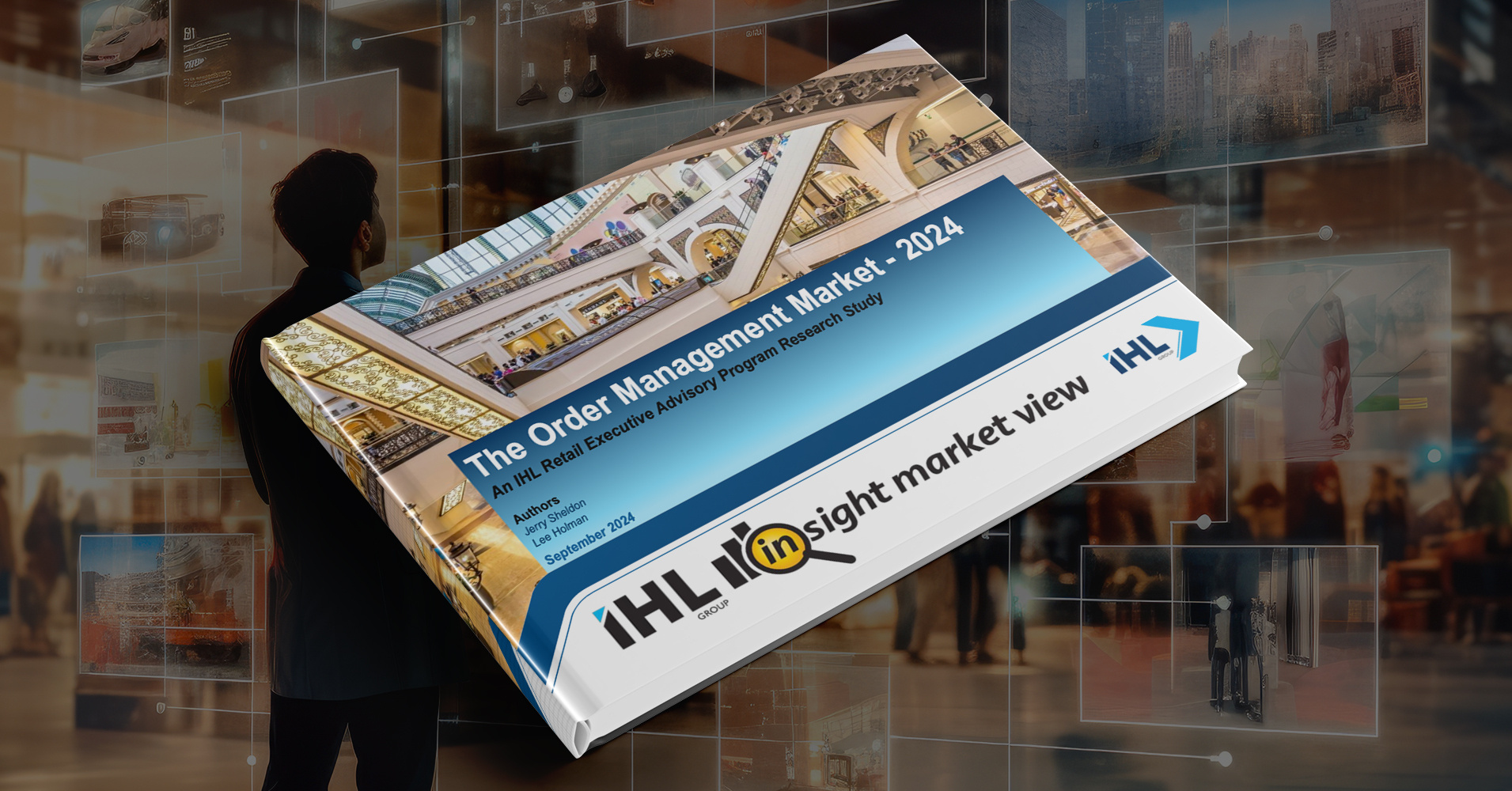Multi-brand, multi-site supply chain solutions: a nuanced challenge
Complex logistics don't require complex supply chain management solutions. Explore the challenges raised by different environments and how to address...
IHL's Order Management Market report displays the important criteria to consider when choosing an OMS vendor. Discover how Kbrw rates against competition.

It’s out! Global research and advisory firm IHL has published its latest major report into the Order Management market, for 2024. While the whole report extends to 50 pages, here is a summary of one of the reports key sections: the must-have criteria for a high-performance Order Management System (OMS).
First, let’s consider the most important question: do you need an OMS at all? Spoiler alert: yes, you do.
Don’t take our word for this, however: we are, after all, an OMS vendor. But do take IHL’s word for it. And one of the very first lines in IHL’s report confirms that:
“The foundation for a successful Unified Commerce strategy for a retail enterprise is a highly capable and configurable order management system”
In IHL’s view, if your aim is to develop and execute a Unified Commerce or omnichannel strategy, then yes: you do need an OMS. In fact, the OMS concept is linked with the five key technology families, specifically store systems, e-commerce, business intelligence and analytics, merchandising and supply chain management, and sales/marketing - quite the full spectrum.
Your OMS should offer functionality such as full inventory visibility, ordering from other stores, return of online purchases, ship from store, order online from the PoS, click-and-collect, and store-to-store transfer.
The functionality that your OMS needs to deliver becomes even more extensive when you factor in the additional complexity of ordering/returns associated with sales conducted on non-physical channels. Your OMS is, by any measure, a critical component of your Unified Commerce strategy; it is no exaggeration to attribute to it the ability to deliver your success - or to condemn you to failure.
Having established precisely its importance: what are the criteria by which you can identify a high-performance OMS from one that may not be? According to IHL’s report, there are seven criteria to consider when selecting your OMS.
We’re very proud that Kbrw is recognised as a Tier-1 leading OMS provider for fast-moving consumer goods, with “extensive grocery capability/functionality”. IHL also recognizes that Kbrw can scale from Tier-2 into a Tier-1 leader for General Retail.
Apart from a very honorable ranking in criteria such as number of customer journey supported or AI capabilities, what’s most notable is that Kbrw’s OMS ranks first in both international deployment (123 countries) and performance / volumetry. Let’s delve a bit further on that last part.
At Kbrw, we aim for performance not for performance’s sake, but for the benefit of our clients. Yes, we rank among the top OMSs for technical performance - but that actually enables us to fine-tune our client’s OMSs capabilities, depending on their market and their needs.
As explained by IHL, the performance of an OMS is multi-dimensional. Technically, there are three key areas where an OMS consumes calculation capabilities: Order Split, ATP (Available to Promise) calculation, and order processing throughput. While Kbrw’s OMS is theoretically able to manage 1.2 million items per minute in a simple setting, this would be pointless if the ATP and inventory calculations do not follow - or if doing so would require the brand to give up or modify all its rules and processes.
The goal is to provide the highest possible performance level within the supply chain and commerce context in which the OMS is integrated. For instance, reducing the maximum order processing capacity frees up calculation capabilities for inventory or ATP processing. It’s not a unique principle: it’s the same as connected vessels, where calculation capabilities allocation differs depending on business expectations, priorities and processes.
Thus, we at Kbrw are proud that our maximum load tested for order processing, taking into account more realistic business parameters, is 815.000 items per minute. Within a context of live production for a real project, there are many things to consider, though. What’s coming out of this is that we are the most performing OMS in the market, and we do load testing on our client’s projects to keep improving their performances.
It will come as no surprise to you to know that Kbrw is happy for its OMS to be measured against any and all of these metrics. We believe it provides a better customer experience with high efficiency, all with an integrated approach, and many of the criteria described by IHL have been guiding principles in the development of our high-performance OMS. Read IHL’s report here.
IHL Group is a global research and advisory firm for the retail and hospitality industries. Through its research and data services, it provides the technology insight that companies need to effectively compete in a global market.
Complex logistics don't require complex supply chain management solutions. Explore the challenges raised by different environments and how to address...
A critical part of any information system, supply chain management solutions must guarantee the higher level of security. Here's what we do at Kbrw.
Discover the environmental, social, and governance initiatives led by Kbrw, aiming for significant impact by 2025. Read about our progress and future...